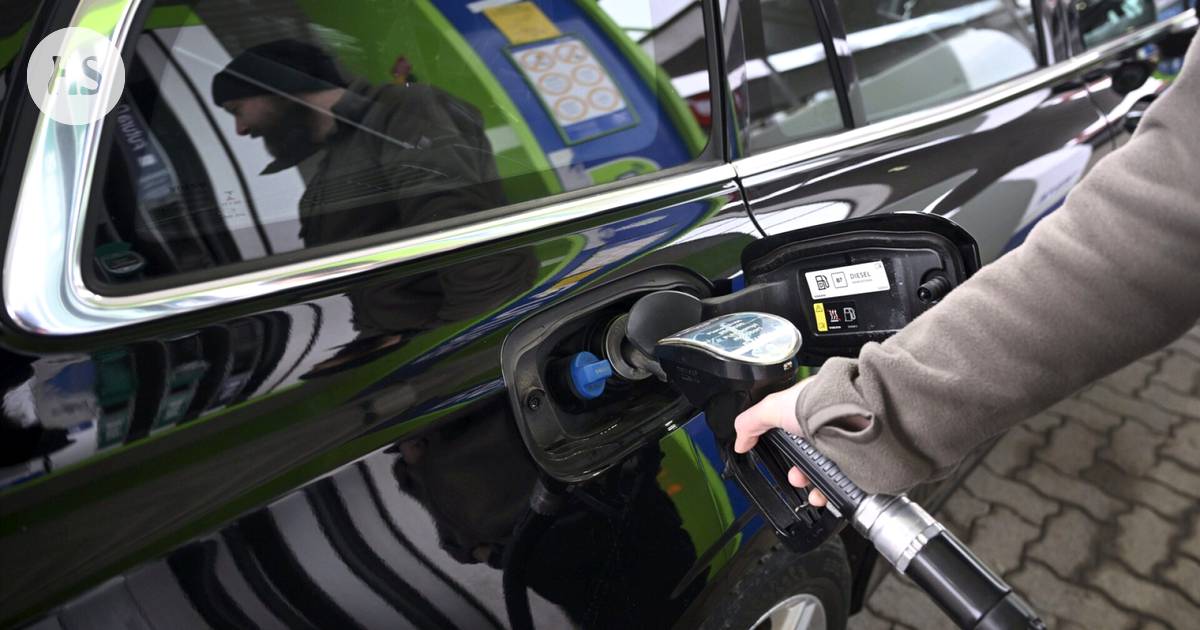In Finland, consumer prices increased by 0.6 percent in June compared to a year ago, according to Statistics Finland. This was lower than the euro area average of 2.5 percent year-on-year. The rise in prices was driven by services, with service prices increasing by 4.1 percent annually, which contributed significantly to annual inflation.
While housing, water, electricity, gas, and fuels decreased by 0.9 percent in Finland, food and non-alcoholic beverages became cheaper by 0.4 percent. Alcoholic beverages and tobacco prices rose by 4.3 percent, and clothing and footwear prices increased by 3.4 percent. Education saw the highest price increase of 7.9 percent in Finland.
The harmonized consumer price index does not include certain items like owner-occupied housing, gambling, or loan interest. Business economist Roope Ohlsbom noted that Finland’s low inflation has boosted consumer confidence but believes that the European Central Bank’s (ECB) interest rates are still too high for Finland, resulting in inflation falling below the ECB’s target of two percent. Senior market economist Jari Hännikäinen highlighted core inflation as a crucial factor in policy decisions at the ECB but expressed concern about its cautious monetary policy outlook based on rising prices driven by services rather than goods like food and energy as seen in other countries.
Market analysts expect the ECB to make another interest rate cut by December based on inflation data from the euro area if it continues its slow pace of growth.
The uncertainty surrounding monetary policy decisions highlights the need for careful monitoring of inflation data and its impact on various sectors such as housing and education.
Overall, while some sectors like food have become cheaper in Finland compared to last year’s figures


